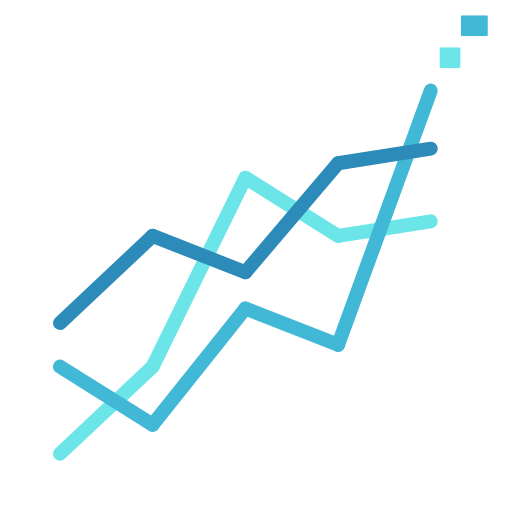Explain balancing risk and return in commodity investing
Strategies on Balancing Risk and Return in Commodity Investing
Commodity investing forms a significant part of many portfolios globally due to its diversified potential returns. However, similar to other types of investment, it involves a certain degree of risk, and striking an optimal balance between risk and return is absolutely crucial. As a Commodity Market Risk Management Expert, I will outline various strategies on how to balance risk and return in commodity investing, providing insightful tips beneficial for both beginner and advanced traders.
Understanding the Nature of Commodity Markets
Before venturing into investing, it’s essential to understand the nature of commodity markets. These markets exhibit differential behavior compared to the stock or bond markets due to their direct correlation with global economic activities. Factors such as climatic conditions, geopolitical concerns and economic trends significantly influence commodity prices. Thorough knowledge and understanding of these dynamics are key to making informed investment decisions and mitigating associated risks.
Strategic Asset Allocation
One of the fundamental methods to balance risk and return in commodity investing is through strategic asset allocation. This refers to setting an investment portfolio’s asset mix—equities, bonds, and commodities, among others—based on your investment goals, risk tolerance, and investment horizon.
In most cases, commodities offering high returns usually have high risk. Therefore, diversifying your portfolio by investing a portion of it in different commodities can help manage this risk. If one commodity performs poorly, the negative impact on the portfolio may be cushioned by the performance of other commodities.
Role of Commodity Futures in Risk Balancing
Commodity futures contracts can provide a powerful tool for balancing risk and return. With futures, you enter into a contract to buy or sell a specific amount of a commodity at a predetermined price in the future.
Futures contracts can hedge against sudden price fluctuations, mitigating risk and providing an opportunity for stable returns. However, futures also require comprehensive knowledge and understanding, as they can add more risk to your portfolio if not managed properly.
Portfolio Diversification
Beyond portfolio allocation, diversification within the commodities portion of the portfolio is equally necessary.
Commodities are usually grouped into four segments—energy, metals, livestock, and agriculture. To diversify, one shouldn’t concentrate on a single group. For instance, if your portfolio is overweight in precious metals, consider investing in energy or livestock to spread the risk. The underlying principle is not to put all your eggs in one basket.
Active Risk Management
Active risk management is a key strategy in balancing risk and return in commodity investing.
This involves routinely monitoring and adjusting your portfolio to optimize potential returns and minimize risk. It may include shifting allocations based on market trends, rebalancing the portfolio to its target allocations or utilizing advanced financial tools such as options and futures to hedge against potential losses.
Utilizing Professional Advice
Given the often complex nature of commodity markets, enlisting professional advice can be significantly beneficial. Investment advisors, commodity trading advisors, or financial planners can offer insightful guidance and perspective based on their extensive knowledge, expertise, and experience in commodity markets. Moreover, they can also assist you in building a portfolio that aligns with your personal financial goals and risk tolerance.
Conclusion
Balancing risk and return in commodity investing is all about strategic asset allocation, futures contract utilization, portfolio diversification, active risk management, and utilizing professional advice. Understanding market dynamics and acting strategically can significantly optimize your potential for higher returns. While commodity markets possess inherent risk, these risks can be managed and balanced while maximizing returns, ultimately leading to a successful commodity investment journey.

